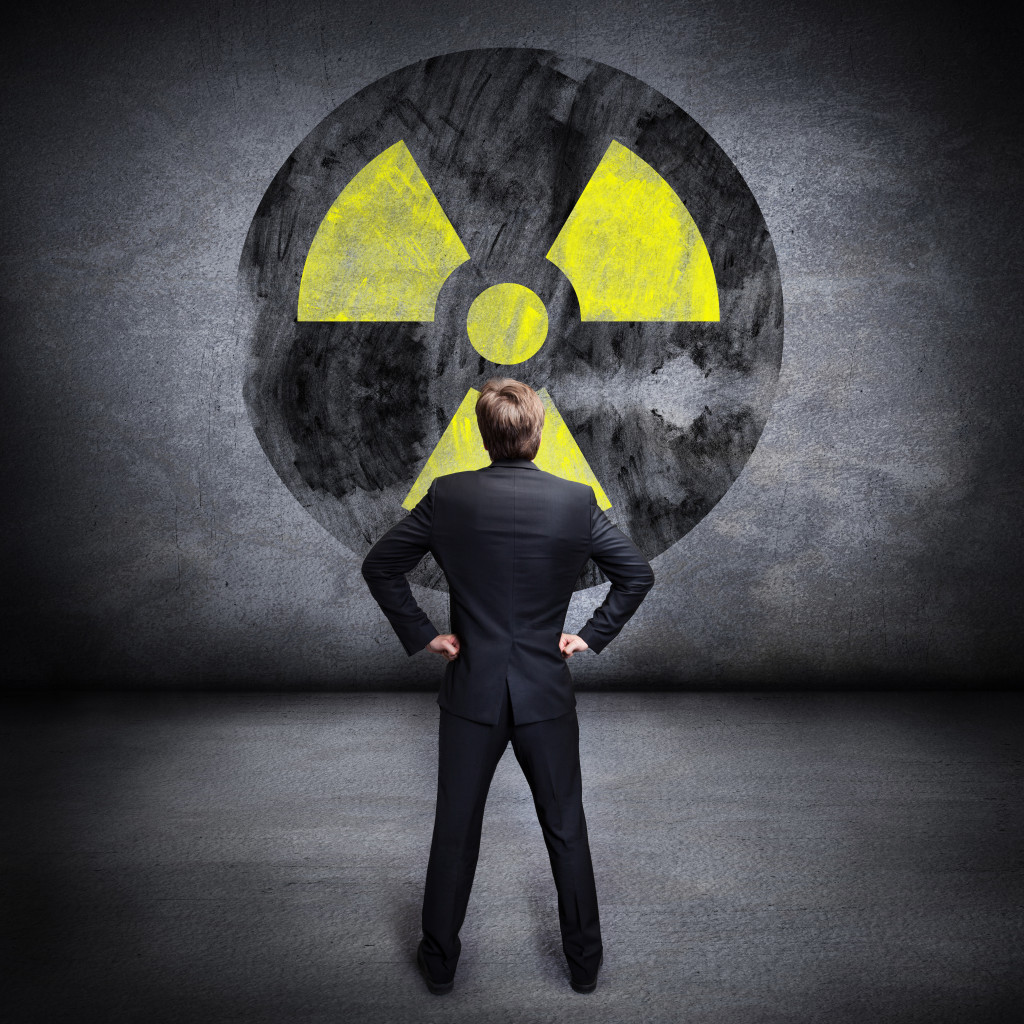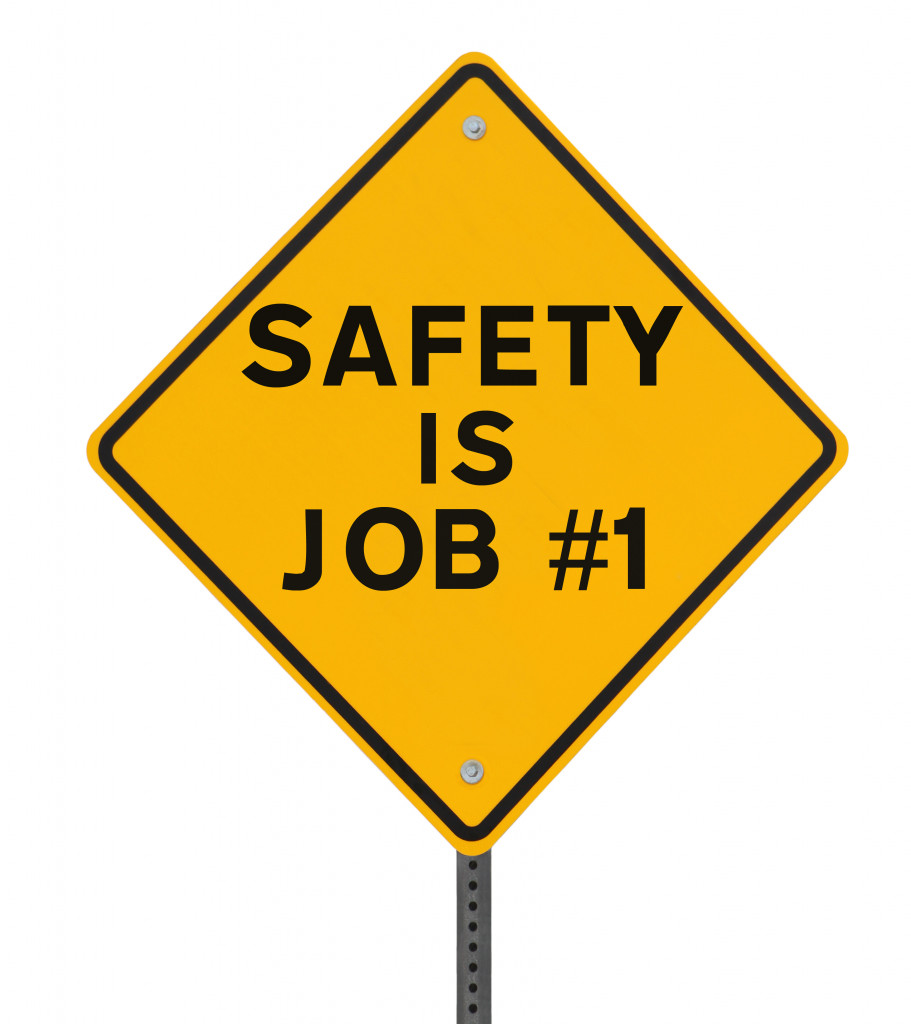About 2 million people die of work-related causes every year. Since the biggest threat to worker safety is their work environment, business leaders need to put proper precautions in place to protect them and prevent any accidents or injuries.
What a Job Hazard Analysis Does
As such, business owners must regularly conduct a job hazard analysis to avoid injuries that can cause severe consequences for the business. This assessment identifies hazards and implements ways to eliminate safety risks. A properly executed study will ensure long-term workplace safety.
A job hazard analysis usually consists of the following:
- Review of the company’s accident or injury history to find out which job has the highest risk.
- You can prioritize jobs with “close calls” or instances where an incident happened but nobody got hurt. This will help you figure out potential risks and create a preventive approach.
- Identification of hazards and figuring out ways to eliminate them
- Correction of unsafe conditions and processes
What Hazards Do Workers Face?
Workers are exposed to numerous health risks in their daily jobs. Some common work hazards include the following:
Chemical Hazards
Chemicals like fumes, solvents, carcinogens, and other toxins can cause health risks to employees. When people absorb these chemicals through the skin, ingested, or inhaled, they can cause irritation or other health issues like asthma and liver damage.
Proper control of exposure to chemicals by following the Occupational Safety and Health Administration (OSHA) standards is essential to ensure chemical safety. Dissemination of chemical information, setting occupational exposure limits, and providing personal protective equipment will prevent accidents and health issues.
Maintaining a clean and safe facility also helps lower the risk of disasters, especially in the healthcare and pharmaceutical industries. Avoid accidents in high-traffic areas by investing in safe pharmaceutical flooring solutions with chemical and slip resistance.

Ergonomic Hazards
Ergonomic hazards like poor posture, incorrectly adjusted workstations, and forceful motions can harm a worker’s musculoskeletal system. Implement preventative measures to avoid severe injuries that can drain money and employee morale from the organization.
Eliminate risk factors from the workplace by figuring out how often your team performs a task, how long each task is, and the level of effort needed. That said, these are some common risk factors that lead to musculoskeletal disorders:
- Performing tasks with the same motions for a long time.
- Lifting, pushing, or pulling heavy loads.
- Exposure to extreme temperatures.
- Hand-arm vibration due to power tool usage.
- Static and awkward postures.
- Frequent jumping, squatting or kneeling.
Your company’s prevention strategy should be holistic and consists of three levels: primary, secondary, and tertiary prevention. Primary prevention focuses on risk assessment and application of organizational measures, secondary prevention targets early intervention, and tertiary prevention facilitates workers’ return from absence due to musculoskeletal disorders.
Physical Hazards
Falls, slips, and trips are the most common physical hazards due to slippery surfaces, poor lighting, and falling objects. Avoid these hazards by removing cords and cables from walkways, placing enough lighting, and cleaning any spills immediately.
Conduct regular inspections of work areas to make sure they are safe for all workers. Design all pathways appropriately to accommodate heavy foot traffic and encourage employees to wear protective equipment at all times.
Benefits of an Effective Job Hazard Analysis
Regularly conducting job hazard analyses won’t just make your company compliant with local laws. You’ll also ensure a safe working environment for all your workers. Here are other benefits of job hazard analyses:
Meets Safety Standards
Compliance with national safety regulations will keep your workers safe and prevent your company from having financial and legal penalties. A compliant workplace is less likely to receive complaints and inspections.
To remind employees of the importance of meeting safety standards, place OSHA posters in various work areas for everyone’s visibility. Digital signages are also effective in broadcasting essential safety information that will encourage employees to stay safe. Posting safety tips and recognizing employees with excellent safety awareness will inspire others to keep up with the latest regulations.
Creating health and safety committees from different departments will result in productive meetings about compliance, injury statistics, and other key updates. Safety meetings held monthly or quarterly will allow for important employee feedback. Keeping up this routine will make everyone understands the value of maintaining workplace safety.
Eliminates Hazards and Prevents Accidents
One significant benefit of job hazard analyses is lowering the instances of accidents. Workplace-related accidents not only cause business failure but also loss of employees. Conduct a job hazard analysis at least annually to prevent massive losses.
A simple job hazard analysis can save you time and money in the long run. It’s the best way to create a safe working environment that will benefit your employees and business. Remember, encouraging a safe work culture will enhance employee confidence, productivity, and long-term success.

